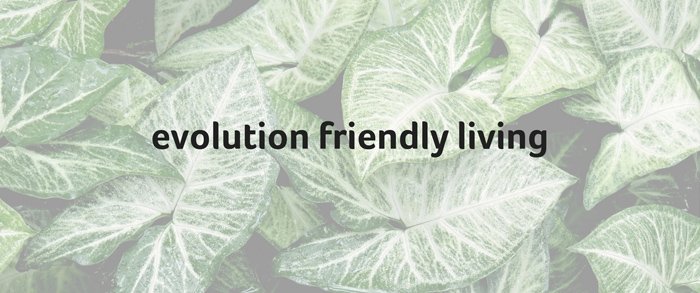Evolution friendly living
Ancestral health
Here are our top tips for an evolution friendly 21st century lifestyle that is in tune with both ancestral and primal health principles, as well as biophilic and wellness-oriented design.
1.direct exposure to nature
Spend time outside in nature whenever possible, be it in 'green spaces' (gardens, parks and forests) or 'blue' (near rivers, seas and lakes), whether for 20-minutes, two hours or two days. Reconnecting with the elements has a restorative affect and helps counter-balance the negative impact of high-stress urban routines as it allows our senses to kick in to over-drive and certain parts of our brain to switch off.
2.Exposure to biophilic design in the built environment
We spend 90% of our lives indoors so bring the outside in to maintain your levels of Vitamin Nature around the home, office and gym. Go big on air-purifying plants such as Mother-in-Law's tongue; incorporate wood, bamboo, leather, and marble into your home decor; prioritize natural daylight and ventilation via open windows and balconies; use large format images of natural landscapes on the walls and incorporate circadian lighting that energizes with blue-white tones by day and amber tones after dark to improve sleep patterns.
3.Eat organic food
Base your diet around an abundance of organic, seasonal fruit and vegetables with meat and fish in moderation. Cut out processed foods with long ingredient lists and reduce your intake of bread, pasta and other high-carb 'plate fillers' with minimal nutrient value. Consider not just what you eat but where it came from and how it made the journey from farm to table.
4. natural movement training
Move every darn day, no excuses! Whether it be walking or cycling to work, a simple morning stretch routine or a full-on biofit style gym session using sandbags, medicine balls, beams and ropes that encourages 100% mindful engagement rather than high-tech machinery that invites you to switch off from the task in hand. Our genetic code was written when we needed to hunt and forage in order to survive, creating a direct correlation between movement and sustenance; now that link has been broken and calories are so easy to come by, it is imperative we find other ways to keep active.
5. Rest & recovery
Respect your body's need for rest, typically 7-8 hours of sleep per night. Work out what you need personally to operate at 100% every day then protect those hours as doggedly as you can. Avoid all sources of blue light such as TV, phone or computer screens 1-2 hours before bed, use blackout blinds in the bedroom and install a light system with warm amber hues for use after dark to ensure a solid night's sleep.
6. train your brain like a muscle
Train your mind like a muscle, it is your greatest asset. Learn a language, study for a qualification, practice meditation or try a dance class to mix things up. Our brain's capacity to develop new neurological pathways directly equates to skill development and nothing has been more instrumental in our rise to the top of the evolutionary tree; use it or lose it however so keep your mind active!
7. spend time barefoot
Take your shoes off in the home, gym and even office (when appropriate!) allowing your feet time to connect with the ground while activating the 26 tiny bones in each foot that might otherwise remain dormant in thick-soled or high-heeled shoes all day long. As this sensation becomes steadily more comfortable, consider a pair of minimalist sports shoes with 'zero drop' (i.e. no raised heel) to replicate a more natural stance even when moving around outside.
8.Build your tribe
Find and foster your tribe; we evolved in small groups making us inherently social animals with an innate psychological need to bond, connect and share with others yet modern technologies tend to encourage isolation. The biological need remains however so find your people, wherever they are.
9. Sit less, move more
Static seated positions negatively affect the lower back, posture and hip mobility; break the habit of our adult lives by finding alternatives to endless hours at a desk or table. Consider periods working at a high table or standing desk, experiment with a Swiss ball and try to change position at least once each hour to give the body a chance to balance itself out over the day.
To learn more about the biofit training method visit this page.



